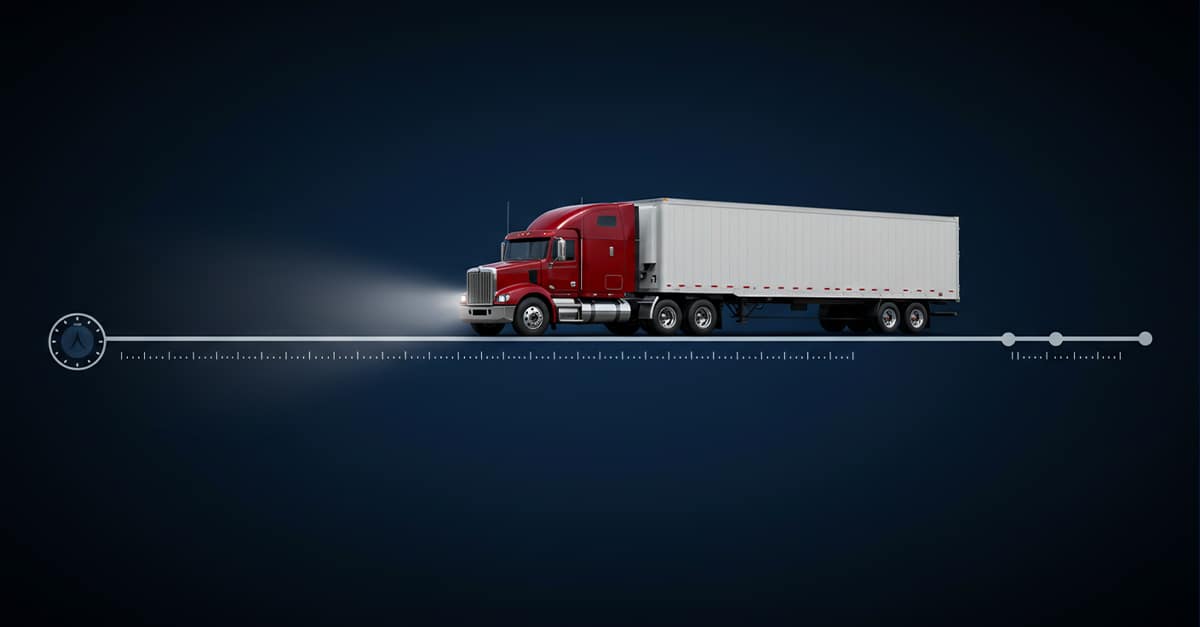The global supply chain has multiple problems on the road ahead. According to IndustryWeek, “In a global survey, 84% of chief supply chain officers stated that lack of visibility across their supply chain was the biggest challenge they are currently facing.” The lack of visibility into both supply chain processes and real-time shipment status also directly contribute to the problem of disparate systems. It may lead to problems deploying and attaining ROI on systems. Unfortunately, the only way forward is to recognize the other factors that make the supply chain susceptible to disparate systems.
Supply Chains Are Incredibly Complex
Part of the reason the supply chain is susceptible to disparate systems lies in the growing complexity of modern supply chains. The growing complexity and demand within supply chains continue to stimulate the need for more people and systems. The problem is only growing worse as supply chains look to any possible solution despite the setbacks each solution may lead to.
As reported by Steve Banker via Forbes, “The fulfillment demands of the e-commerce boom are also making warehouse labor extremely tight. Warehouses are finding it increasingly difficult to fill open warehouse jobs. The current environment is best exemplified by what a 3PL executive said that if an ex-con with a burglary record shows up, we say ‘We know you will steal from us, but we can really use the help. You’re hired!”
This highlights how the increased activity of freight management parties will naturally lead to more systems of use to track and manage all aspects of the supply chain regardless of the perceived risk.
Outdated Systems Were Designed for Linear Supply Chains
Many of the systems in use today were designed for traditional, linear supply chains. The systems are incapable of handling the needs of today’s supply chains and don’t offer the seamless experiences and functionality needed within the omnichannel world. However, modern logistics technology capabilities can handle all that and more.
Limited Ability to Capture Data Resulted in Outdated Information
Other risks for disparate systems arrive from the limited ability to capture and apply data within supply chain systems. Older systems may not even connect to the Internet. Some will use EDI for their connected technologies to share information with limited collaboration functionalities. However, there are exceptions where retailers and other parties may use a completely manual process for moving freight. In these cases, any transaction involving that supply chain entity will result in the added risk of miscommunication, risk of error when rekeying data, and subsequent delays in moving freight. This is the one-off exception to modern businesses leveraging the power of the internet. Regardless, it is important to take note that this is still a problem.
Disparate Systems Add to Delays and Limit Insight
Another factor driving the increased risk for disparate systems within the supply chain lies in disparate systems themselves. Disparate systems that are already used have created something of the status quo. As a result, it may be difficult to secure support for new system implementation and its use. Moreover, integration may simply be viewed as too costly to handle, and this is especially true for organizations that attempt to heavily modify new systems of use. After all, it is possible for modern supply chain systems to be heavily modified through advanced coding capabilities to meet literally any need. However, the advancements in modern supply chain systems of record render such modifications redundant, if not meaningless. Therefore, working with disparate systems may sound like an easier option for organizations with limited resources. But evolving the supply chain tech stack is the only way to really overcome the issue and apply freight data to save resources.
Ongoing Developments From New Vendors Further Lead to Assumptions That Nothing Is the Best It Can Be
Another reason for disparate systems that run rampant within the modern supply chain involves misconceptions and assumptions about when the next system will be released. In today’s world, software developers are continuously working to refine and improve supply chain systems of record. So, it stands to reason that a new system is on the horizon. However, waiting for the next best system is effectively the same thing as not addressing the limited capabilities and outdated functions within an existing supply chain system. At the same time, advancements within supply chain technology through the power of cloud-computing capabilities allow organizations to implement a new system now, process updates as needed, and avoid the risk of disruption going forward.
Overcome Supply Chain Disparities With Collaborative Logistics
Supply chain leaders can overcome the problems inherent within supply chain system disparities by recognizing the problem. This is not a one-time issue supply chains are facing. It is the future of supply chain management, and the need to implement a more effective system has never been more important. Visit Turvo online to learn how.








